The Covid Diaries 23: Open House London
A description of my weekend exploring in-person events as part of Open House London. In which I see some new sights in London thanks to a very slick app and socially distanced programme of events.
Open House London: Still Open in 2020!
Open House is something I’ve been meaning to do for years, but have never quite got around to. The idea is that it’s a festival with an architectural focus; where you can visit buildings not normally open to the public, or normally closed-off areas of public buildings. In previous years I have left it too late, or been out of London during the Open House weekend. But this year I have been jumping on any new opportunities passing through my inbox. I actually learned about it rather late and circuitously, via an email from Royal Opera House. I was too late to book a space for their ‘on stage’ experience, unfortunately. But it prompted me to check out what else was on and still had spaces available. I was lucky enough to find a few really interesting things.
Easy to Curate Your Weekend Through the Open House App
The very slick Open House app made things really easy. It makes it very easy to look at all the options and filter by those closest to you; or those that require pre-booking; or a number of other criteria. Once you’ve decided, the app takes you through to the booking website, or loads up an email to send enquiries. I did some exploring, and created myself a programme of three in-person events which I had a pre-booked slot for; could mostly get to on foot; and which provided a varied insight into different aspects of London’s history.
I went from large-scale (St Paul’s); through 19th Century history, urban poverty and philanthropy (St Bride Foundation); to a small-scale mill that served an out of the way spot on the Lea River, in what was not even London at the time (House Mill). I think my own experience of Open House London actually benefited from the current restrictions (with apologies to the venues as I’m sure it was much harder on them than usual). There was no queuing to get in anywhere as it was all pre-arranged. And small group sizes made it easy to get around, see the sights and take some nice photos. Read on for more information on each of the three places I visited!
Triforium, St Paul’s Cathedral
A triforium is essentially a corridor, which overlooks an open space within a building. The triforium of St Paul’s overlooks the nave, so allows for some spectacular views. Our guide described it as the ‘BBC view’ as it’s where they would set their cameras up for big events. To get to it, you take the ‘Geometric staircase’ (AKA ‘Harry Potter staircase’) which was already interesting architecturally. You then visit various parts of the triforium, although not the entire length of it so there’s a bit of back and forth.
The definite highlight is a large wooden model of St Paul’s. It was commissioned by Christopher Wren himself so is about as old as the cathedral. It’s on a 1:25 scale so needs a lot of space, and has a permanent exhibition room in the triforium. Various architectural drawings around the walls show Wren edging away from a direct replacement of the old St Paul’s. What evolves is something that was ‘too foreign’ at the time but is now a national treasure and Wren’s masterpiece. It’s certainly interesting to see what could have been.
Artistic and Historic As Well As Architectural Highlights
Other tour highlights are cartoons for the cathedral’s mosaics designed by William Blake Richmond (not William Blake proper); a repository for all the stones from the older St Paul’s which were used as infill rubble and rescued in the 19th Century; and normally a lovely library, which is unfortunately closed for renovations. Our very knowledgeable guide told us all about the fire and why it was so devastating; about certain structural elements of the building which are mainly visible from the triforium (eg. the buttresses); and about various historic interludes in the last few hundred years. I’ve only been into St Paul’s once or twice as a visitor and have never had a guided tour, so it was a wonderful way to see it in a new light.
St Bride Foundation
I’d never really heard of the St Bride Foundation at all, so this was definitely a discovery! It’s very close to St Paul’s actually, but we went to this the following day. Built in 1893 in Anglo-Dutch (Queen Anne) style, the St Bride Foundation was originally a charitable institution for neighbouring residents. This was quite a deprived area at the time. Because of its proximity to Fleet Street’s printers and newspapers, it has long taken on a printing connection itself.
There is a library with a big collection of resources related to printing and typeface history and design, for example. There’s also a printing workshop downstairs where we were able to speak to some printers and watch them in action. As an aside, we also watched a video upstairs about the 1980s printers’ strikes when Rupert Murdoch moved operations from Fleet Street to Wapping. As a Wapping resident this was very interesting. And some of the interviewees in the video were the very same people who were downstairs demonstrating. So a very knowledgeable and experienced bunch!
History, Theatre, A Little Bit Of Everything!
As well as being a library, running a printing workshop, hosting events and even hosting weddings, the St Bride Foundation is also home to the Bridewell Theatre. The site of the theatre is none other than the former swimming pool of the Foundation! This is actually an original feature, and was the first public pool in the area. It is still there underneath the theatre floor. A staff member/volunteer even opened up the trapdoor for us to take a look. I’m just sorry I missed the 2011 production of Amphibians which was staged right in the pool with flooring removed!
As at St Paul’s, I learned a lot during my short visit to St Bride. We listened to a talk on the history of printing illustrated by examples from the library collection; watched the video on the printers’ strike; and then met some of the printers themselves who told us about historic and modern newspaper printing. I learned what monotype and linotype actually mean, for example, and was astonished to find out that the newspapers were printed with blocks produced only for that issue before being melted down again – I’d just never really thought about it! I’ve gone from not knowing anything about the St Bride Foundation, to having a keen interest in following up on any future workshops or plays. I guess that is partly the point of Open House for the participating organisations.
House Mill, Bromley by Bow
I was excited to see House Mill on the list of available sites for Open House London. It’s somewhere I was intrigued by when I went for a walk around London’s canal system earlier this year. It is part of the Three Mills area on the River Lea; with two of the mills – House Mill and Clock Mill, still standing. Before visiting, all I knew was that it was an old mill and very picturesque!
I learned on my guided tour that House Mill’s name comes from its spot between the owner’s and miller’s houses. It was built in 1776 by Daniel and Sarah Bisson whose initials are still on the facade. The largest tidal mill still in existence, it works by using sluice gates to capture the incoming tide and channel it through waterwheels to mill flour (or prepare grain for the production of alcohol). It was only during WWII that it was requisitioned as a lookout post. And although it was offered back to the owners after the war, it was never put back into use. A lot of the original equipment still remains, however, so it’s very interesting to see.
As well as the obvious water usage, the mill worked on gravity. The wheels drove a lift that hoisted grain sacks to the top floor, where workers tipped them into big bins. The grain then started its journey to being cleaned and milled and ending up as flour at the bottom. As new technologies came in the owners often installed them alongside the outdated technologies. This gives a great insight for today’s visitors into evolutions in millstones and similar things. There’s also a scale model to show how the gears turned all the different machinery in the mill, to give you a better sense of the inner workings without walls and floors in the way.
Nature Still Takes Its Course
Because House Mill was tidal, work was done in shifts according to the tides rather than on a regular schedule. Being tidal was even a factor in our Open House tour. We were scheduled for 3, and they were expecting a particularly high tide to peak around 4, so we were warned to come prepared with old shoes that we didn’t mind getting wet if it came to that. We started at the lower floor in case it was too flooded later on before heading upstairs and working down. In the end the water hadn’t quite come up to floor level by the time we left (with dry feet).
There is a plan to refurbish the mill as a producer of hydro-electric energy rather than flour. I think it’s a great idea and would help with sustainability and allowing the site’s survival and evolution. In the meantime there is an army of volunteers keeping it running. There’s also a cafe where you can get a very nice iced coffee, perfect on a sunny afternoon. I’m sure they’re open at other times of the year so London/East London residents should check it out if they haven’t already visited.
If you see this after your page is loaded completely, leafletJS files are missing.

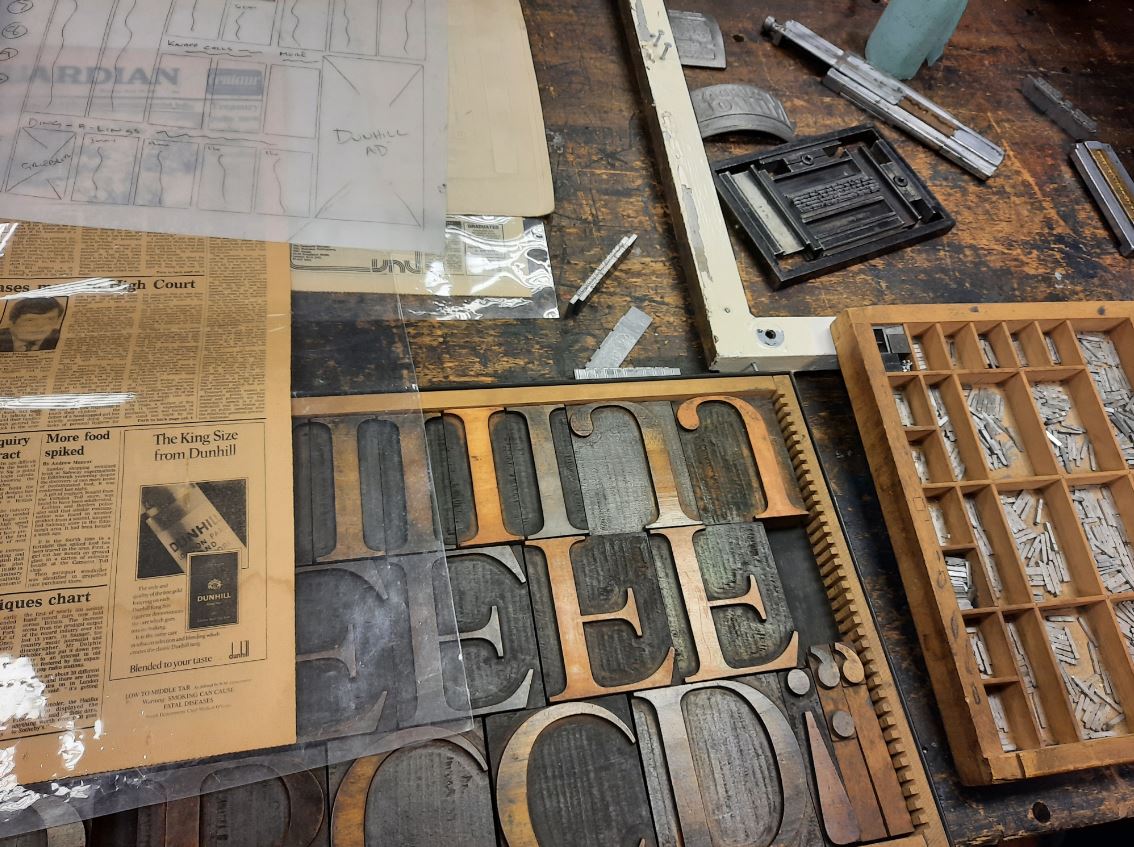
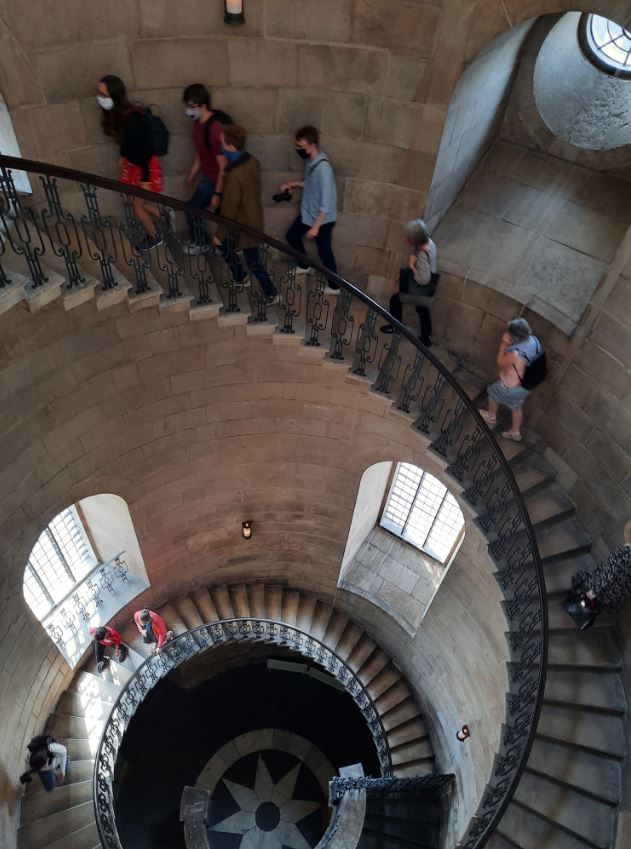
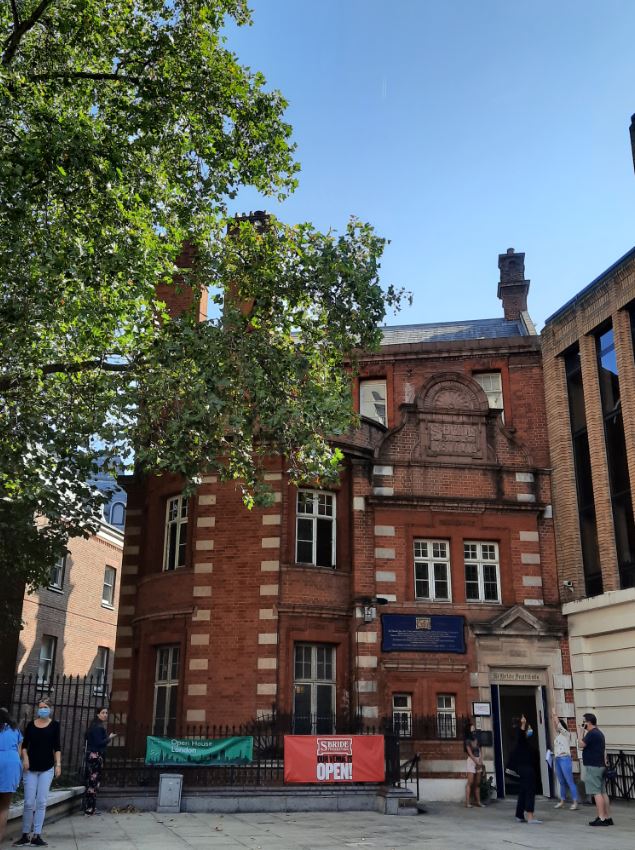
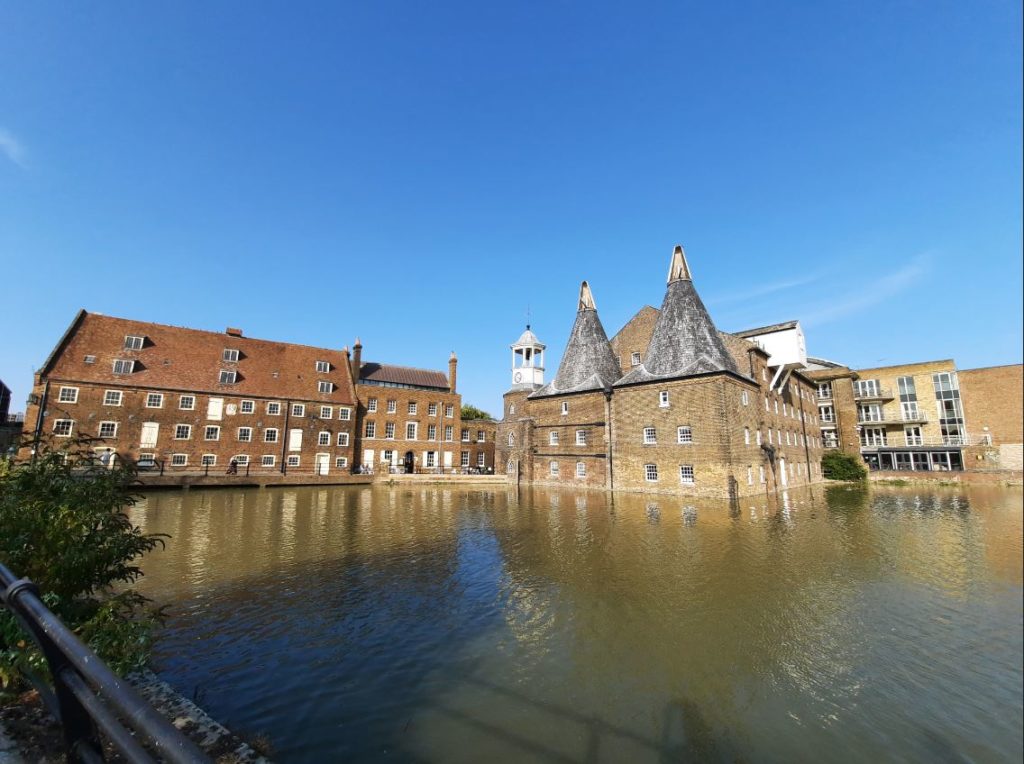
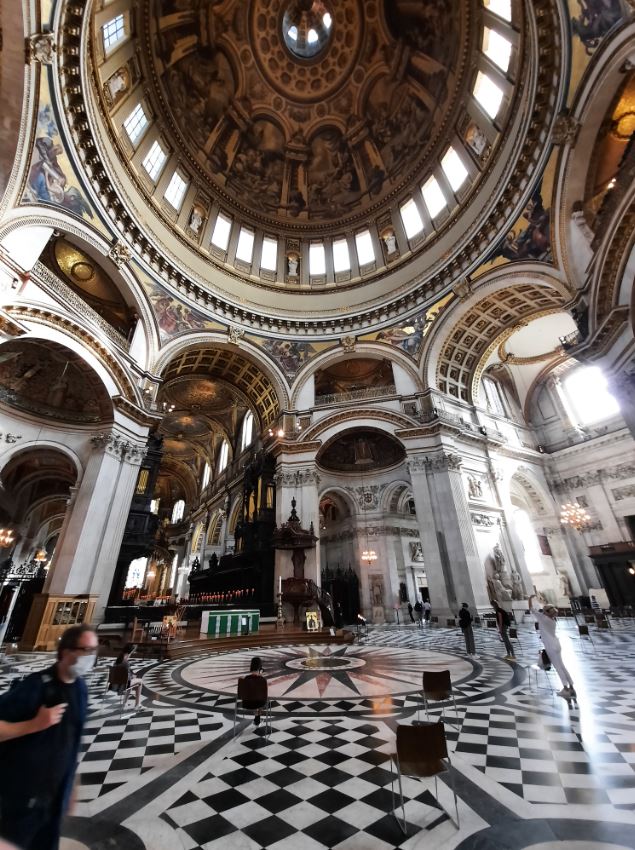
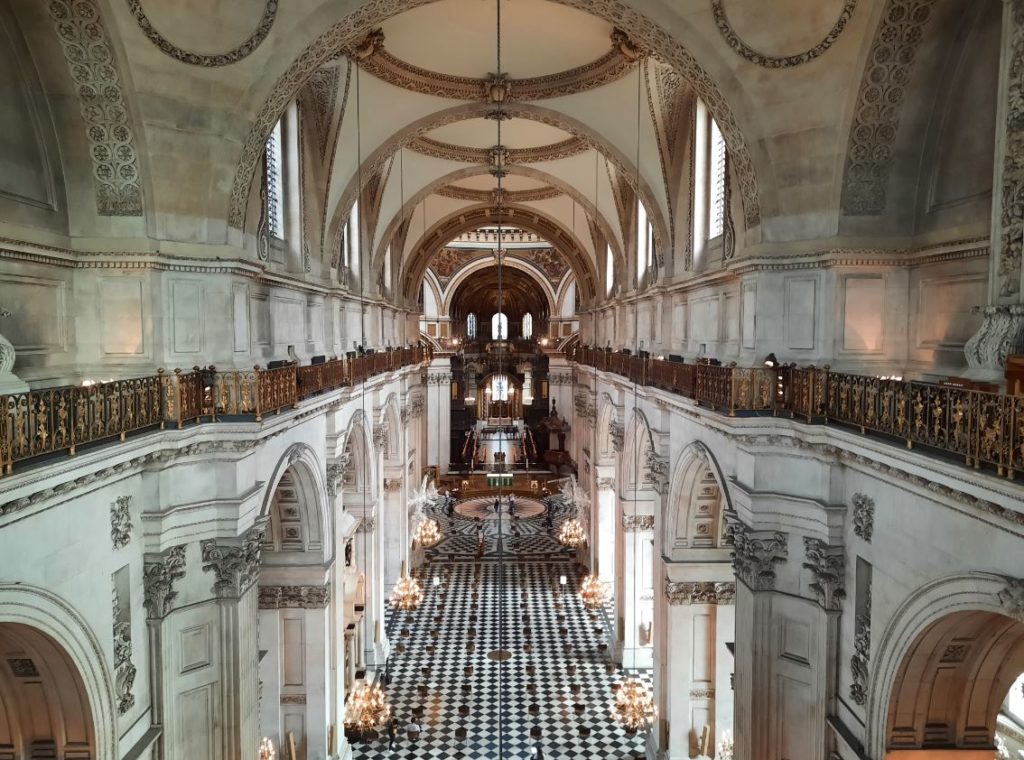
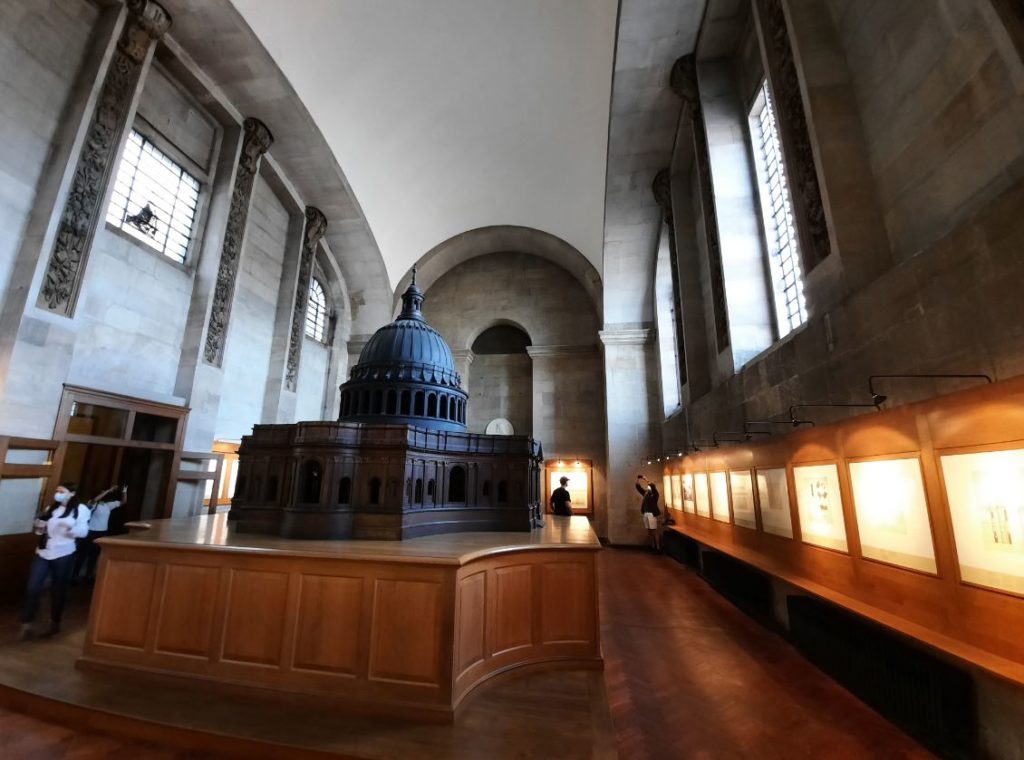
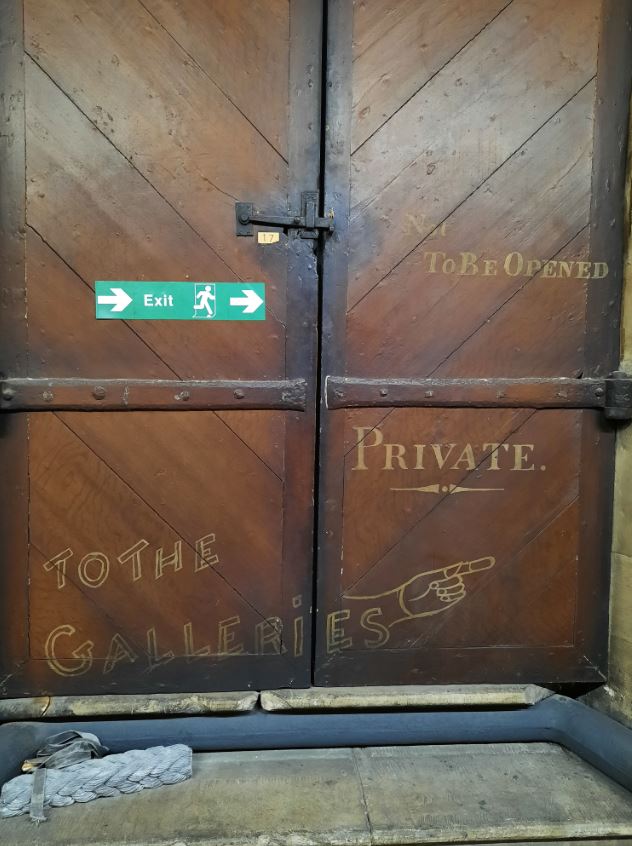
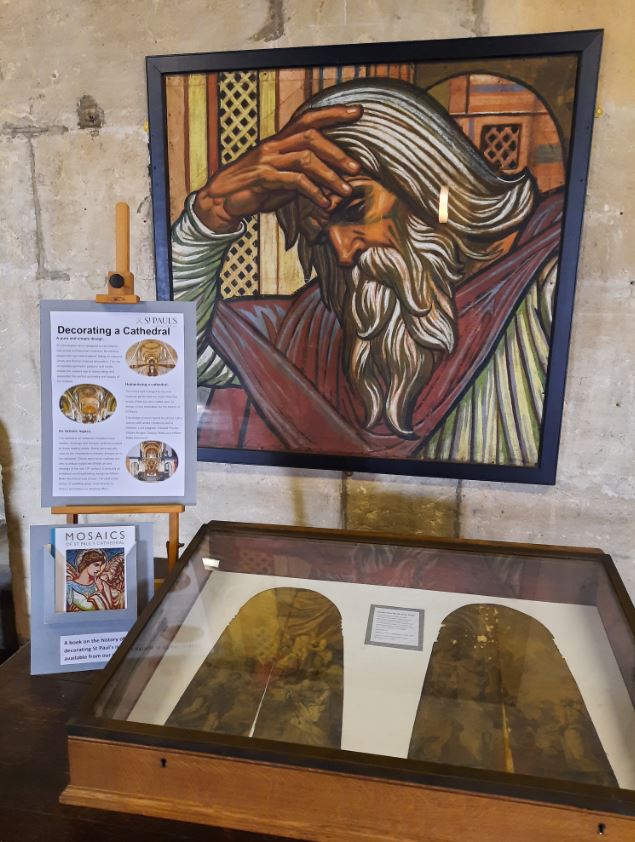
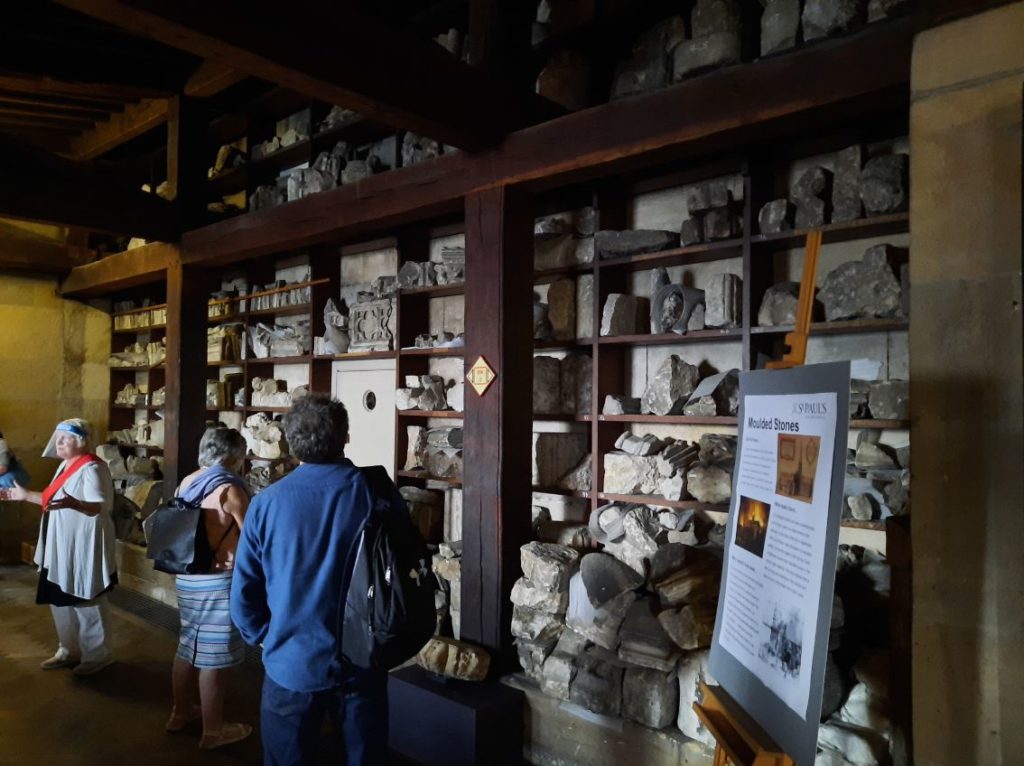
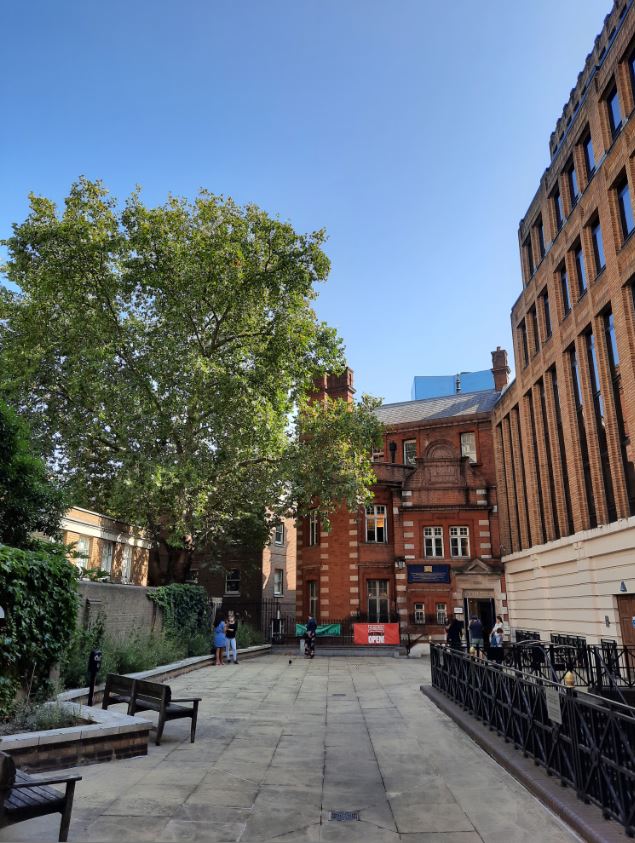
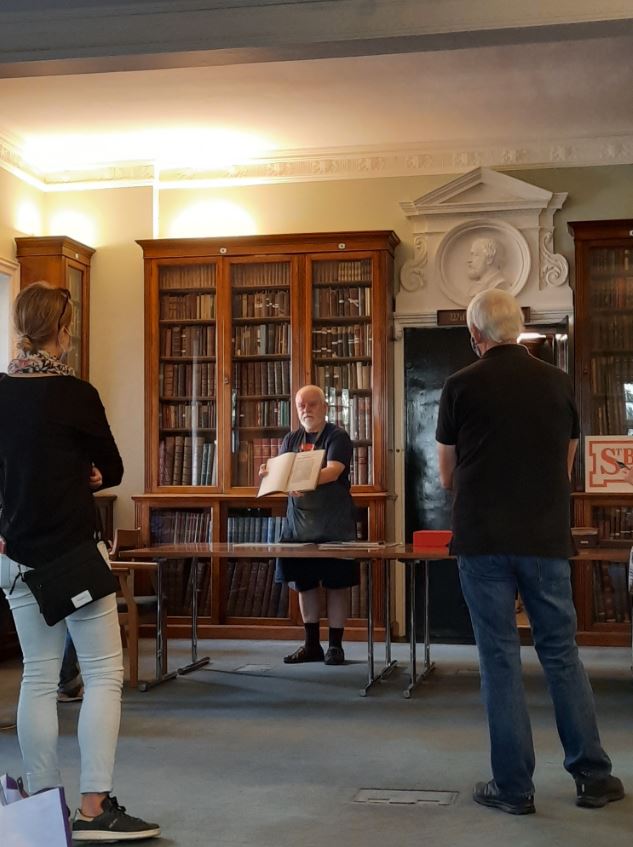
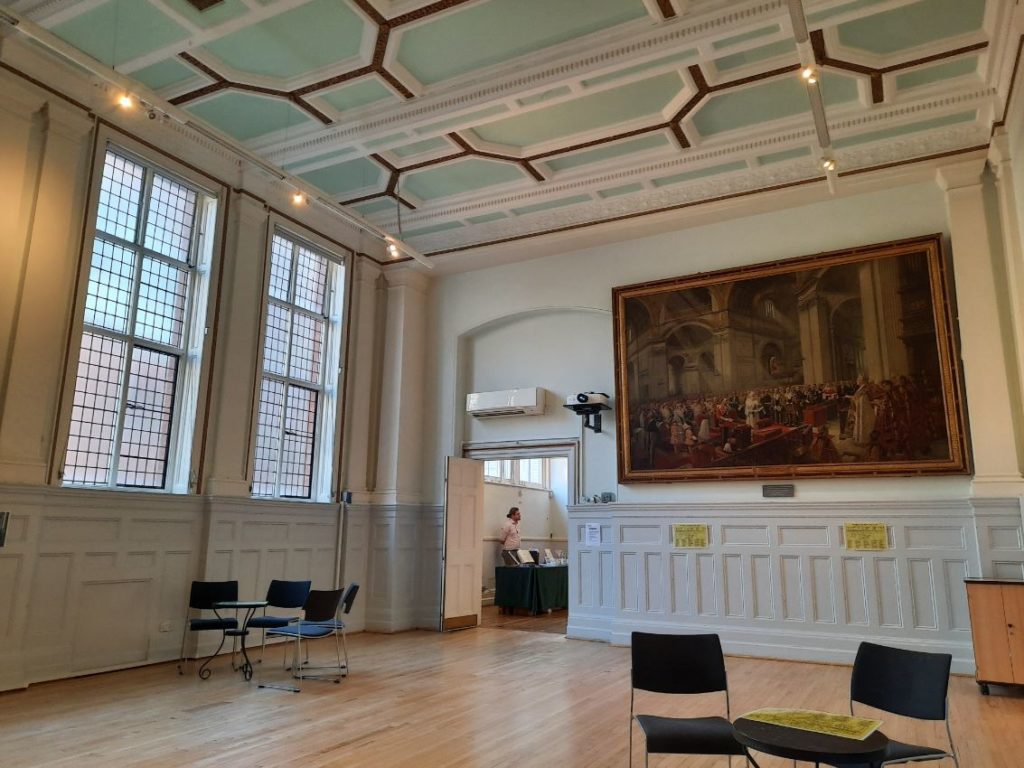
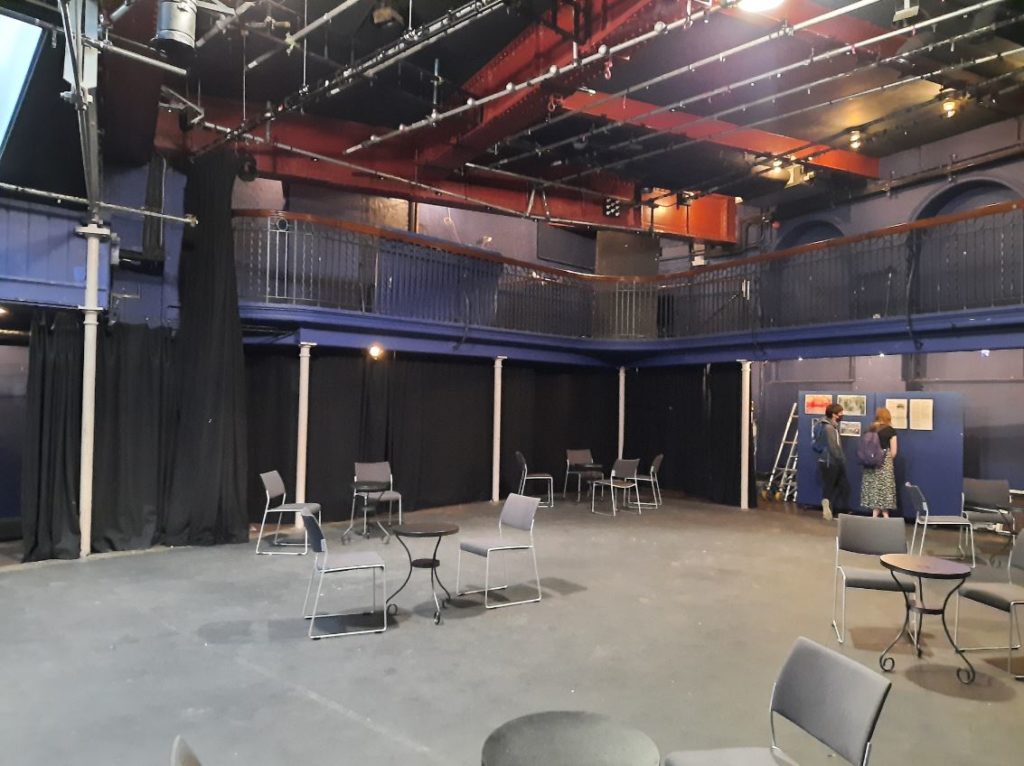
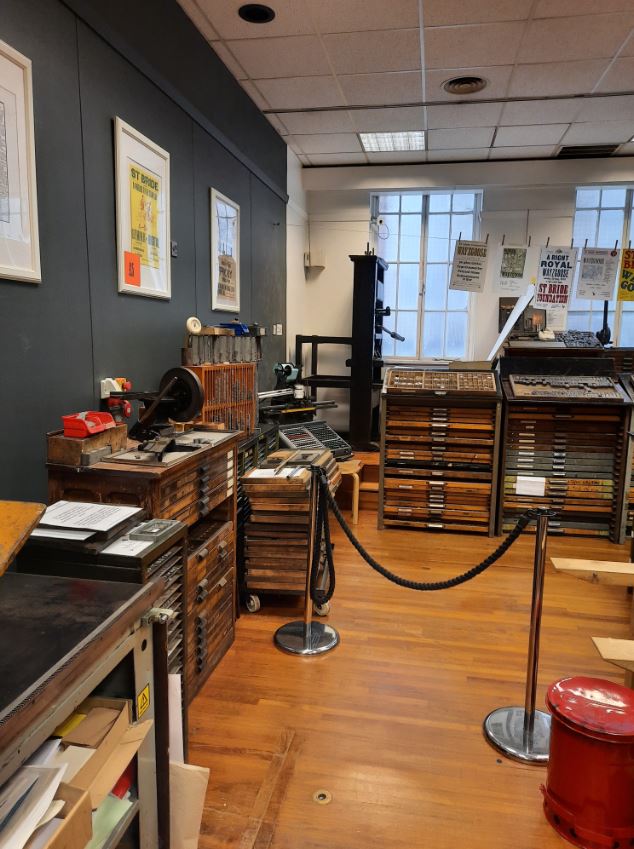
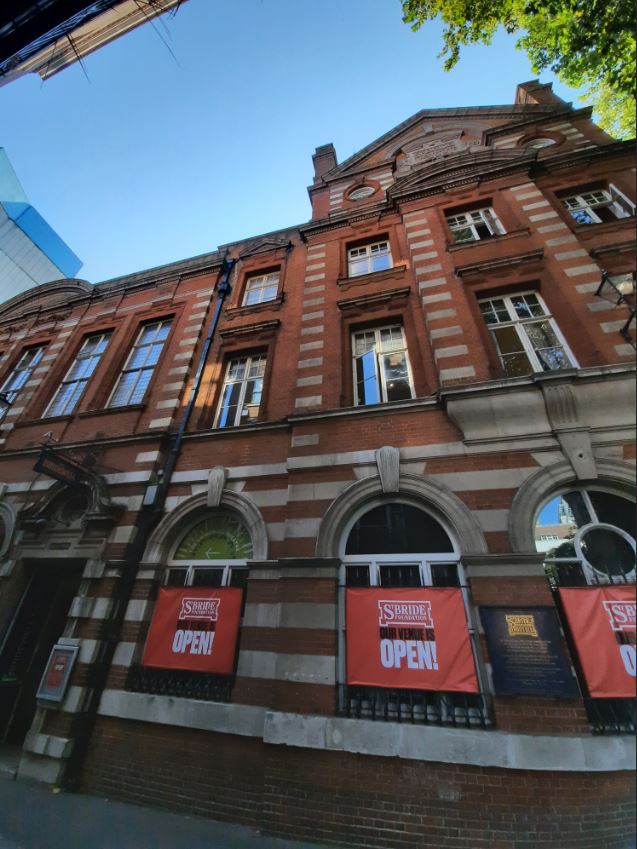
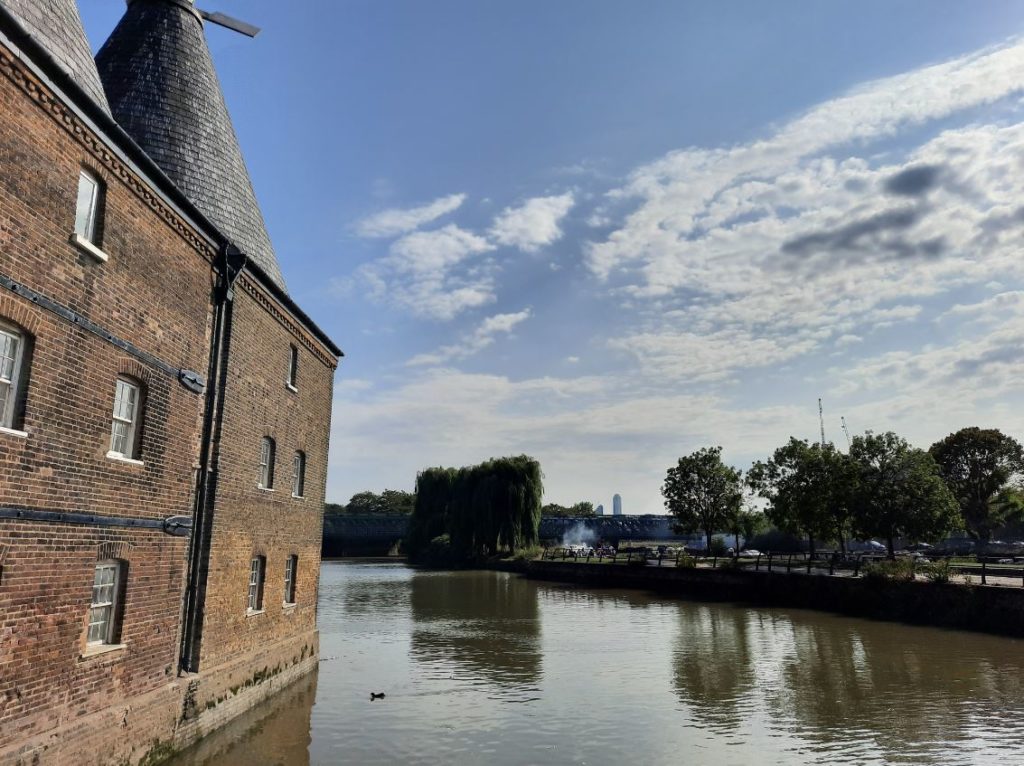
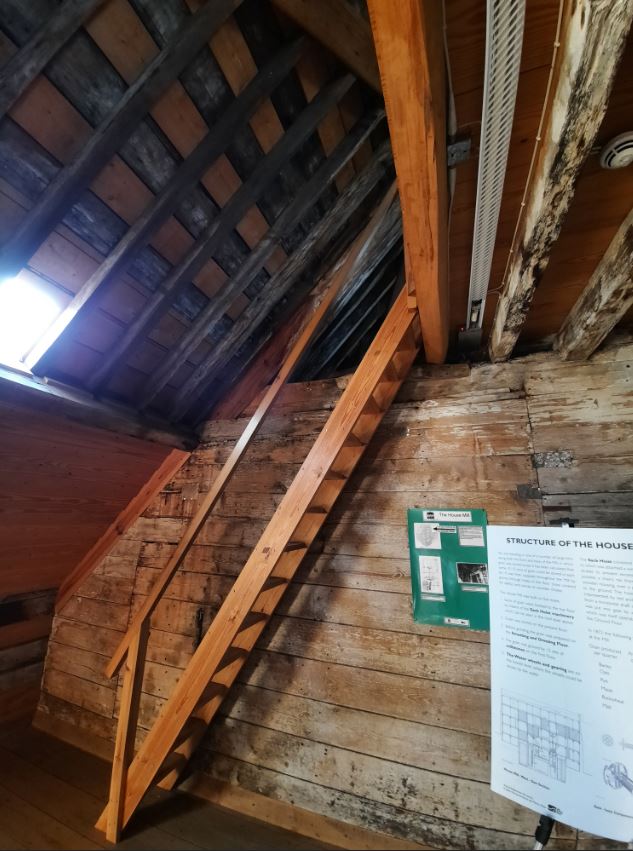
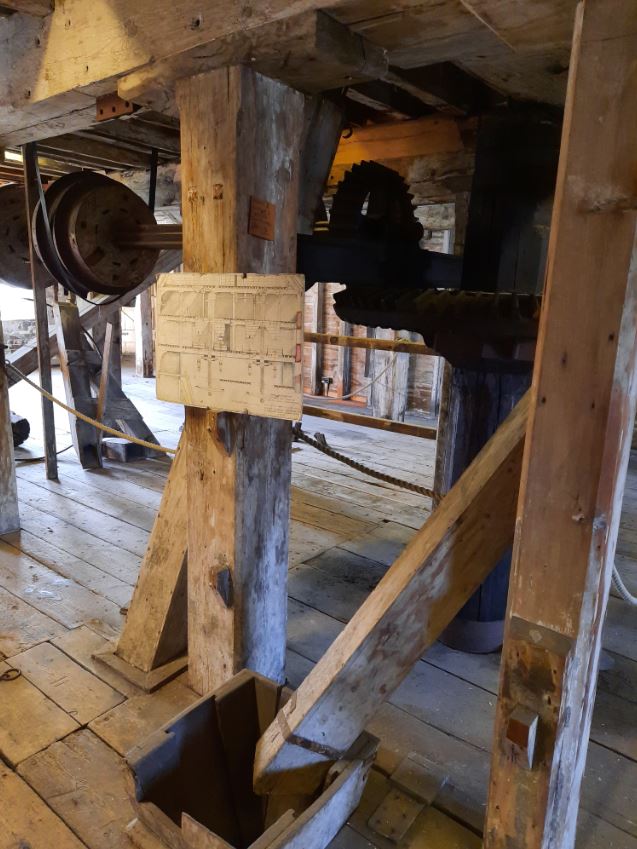
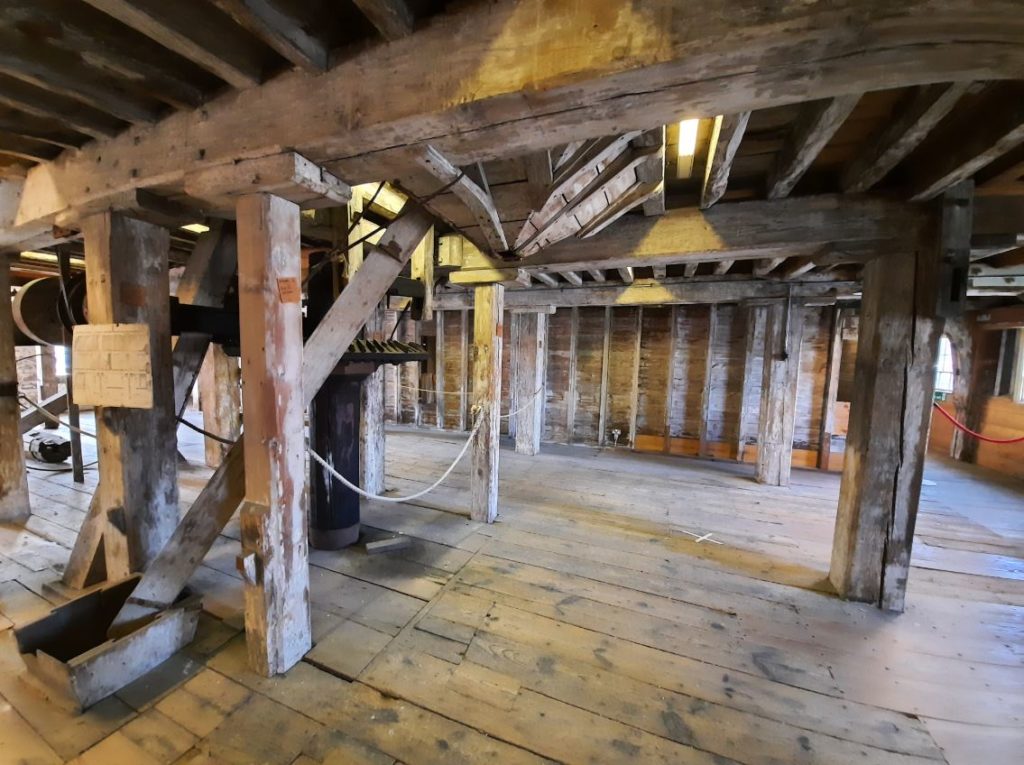
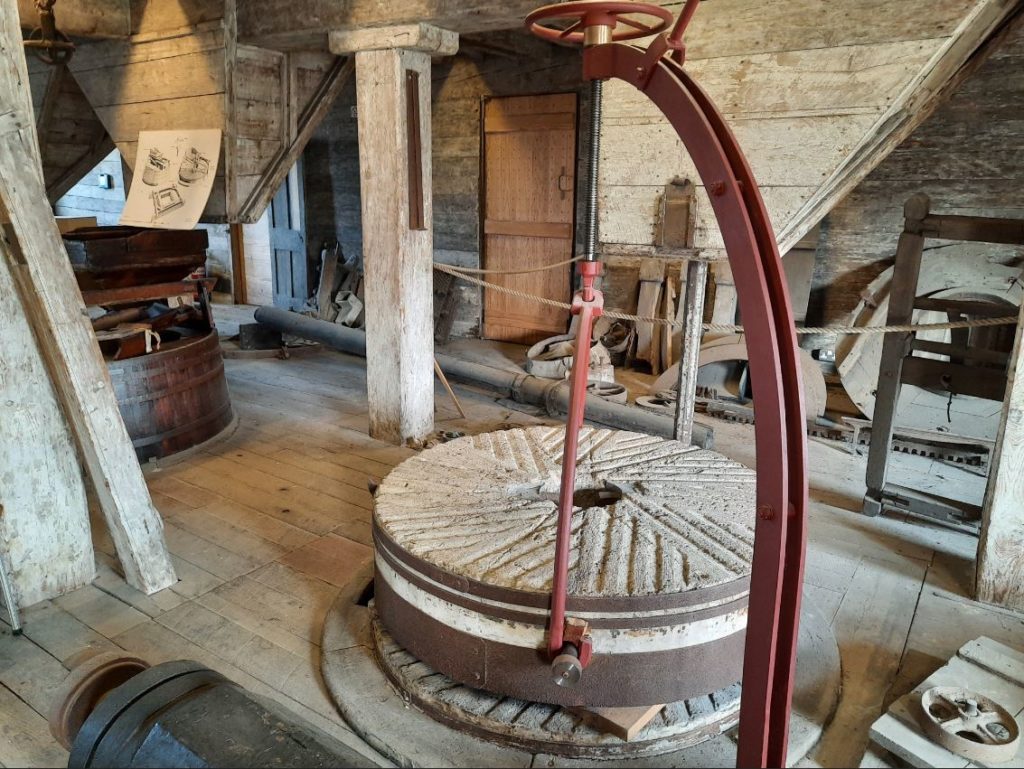
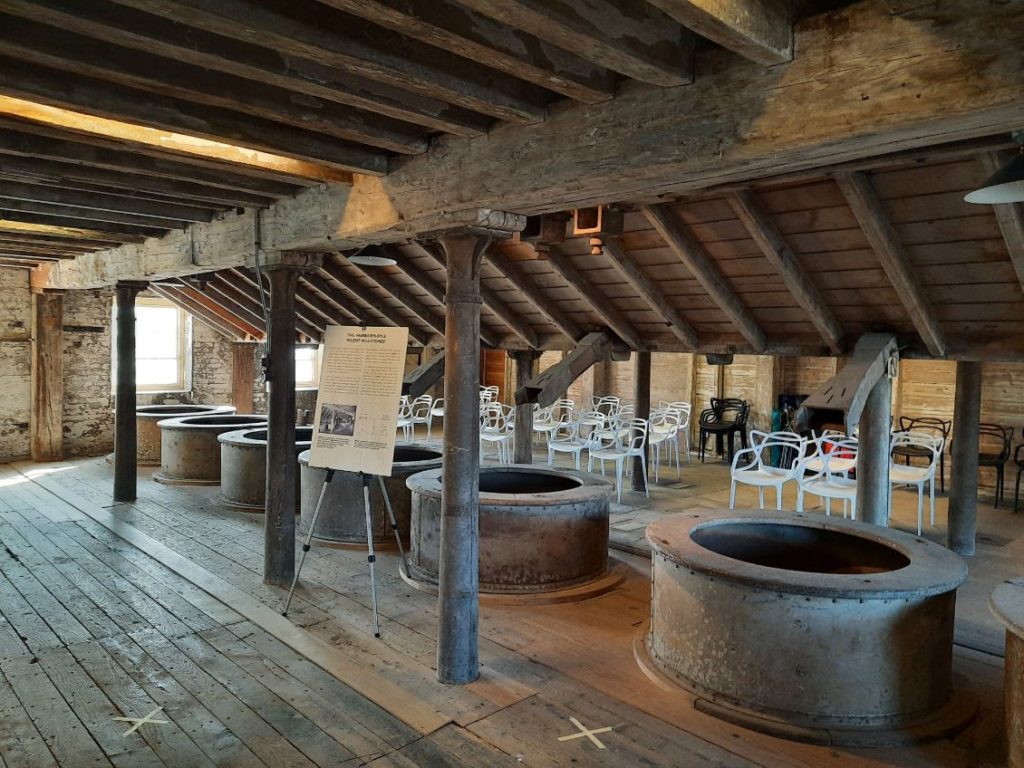
10 thoughts on “The Covid Diaries 23: Open House London”